Recently, a study exploring the prison structure of the Joseon Dynasty (1392~1910 AD) has been submitted based on archaeological excavations, modern photographic data, and related literature records.
According to this study, the prisons were all round when viewed from the air and had only one entrance.
After the entrance there was an office for Ok-ri, government officials who monitored the prisoners, so you had to pass Ok-ri to enter and exit the prison.
In addition, the round fence surrounding the prison is 3m high, and the building was equipped with tiled roofs to prevent prisoners from fleeing. There was a prison for men in the east, and a prison for women was located in the west.
Let's take a look at them one by one.
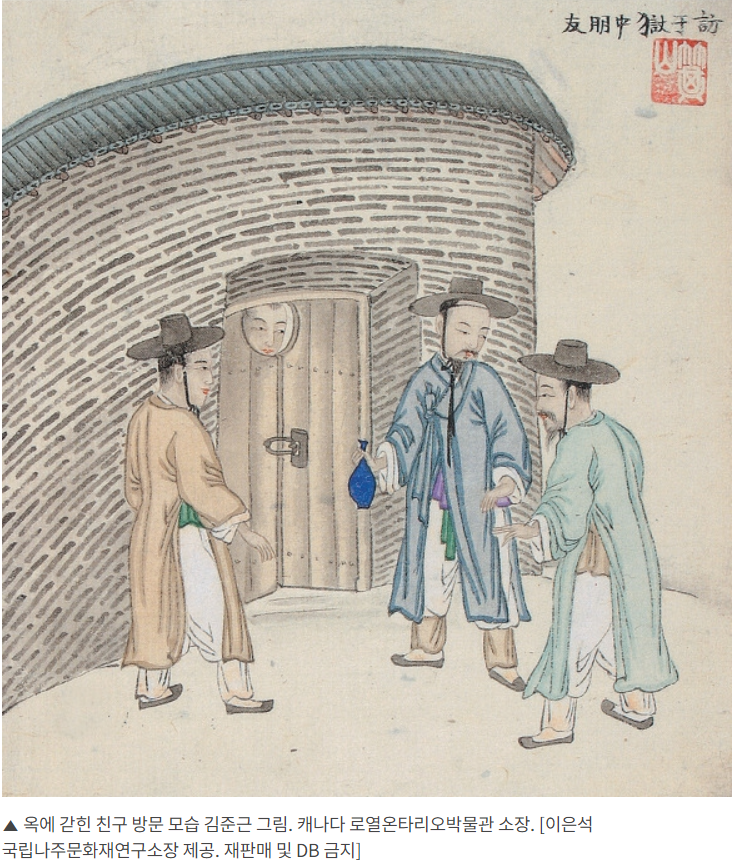
It is a picture of a person visiting his friend in prison at the end of the Joseon Dynasty. It was painted by an artist named Kim Jun-geun and is now housed at the Royal Ontario Museum.

This is a picture of a prison in Gongju, Chungcheongnam-do during the Japanese colonial period. There is a tiled building in the round wall, and a thatched house presumed to be the office of Okri is attached.

A prison reproduced in Cheongdo-eupseong Fortress. Two buildings can be seen in the round fence. We can't see the office for Ok-ri, which has to be outside the wall.
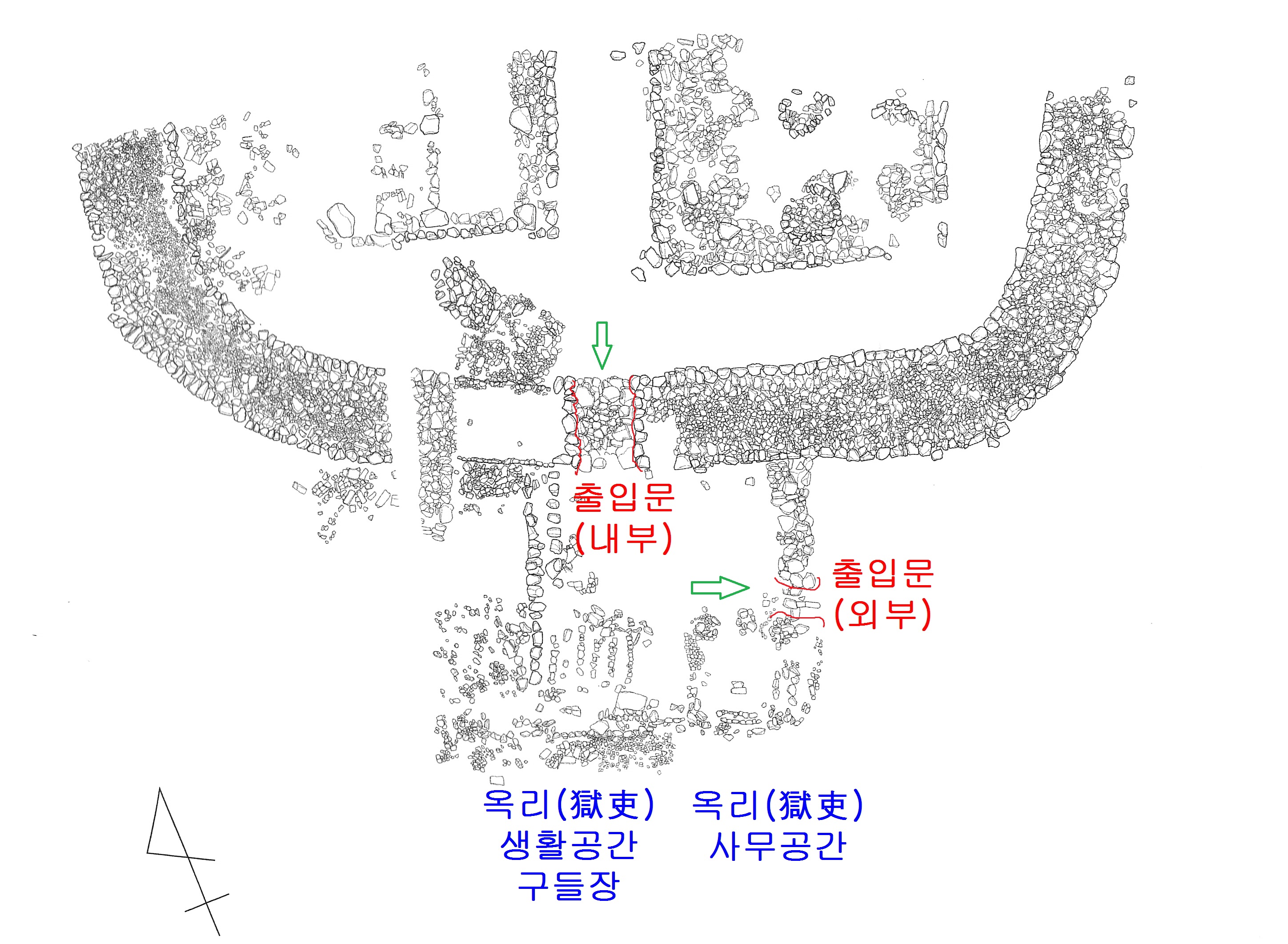
A prison at Yeonil-eupseong Fortress, Pohang excavated from 2003 to 2004. Its gate and Ok-ri office are directly attached.
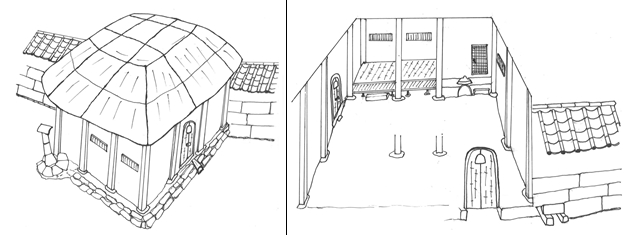
The Ok-ri office of Yeonil-eupseong prison based on the results of excavation
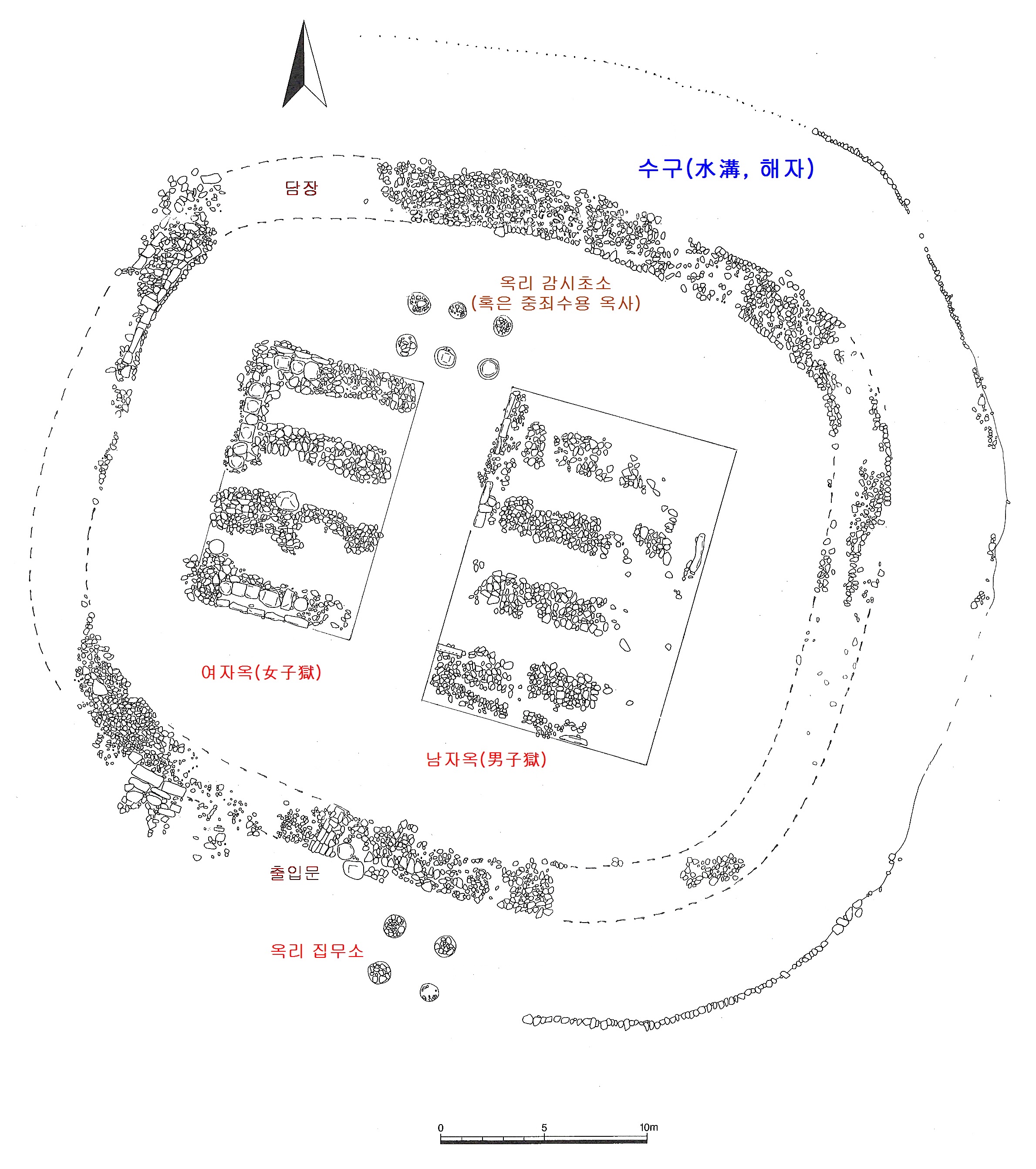
A prison excavated in Gyeongju in 1997. Two buildings are attached side by side inside the circular wall.
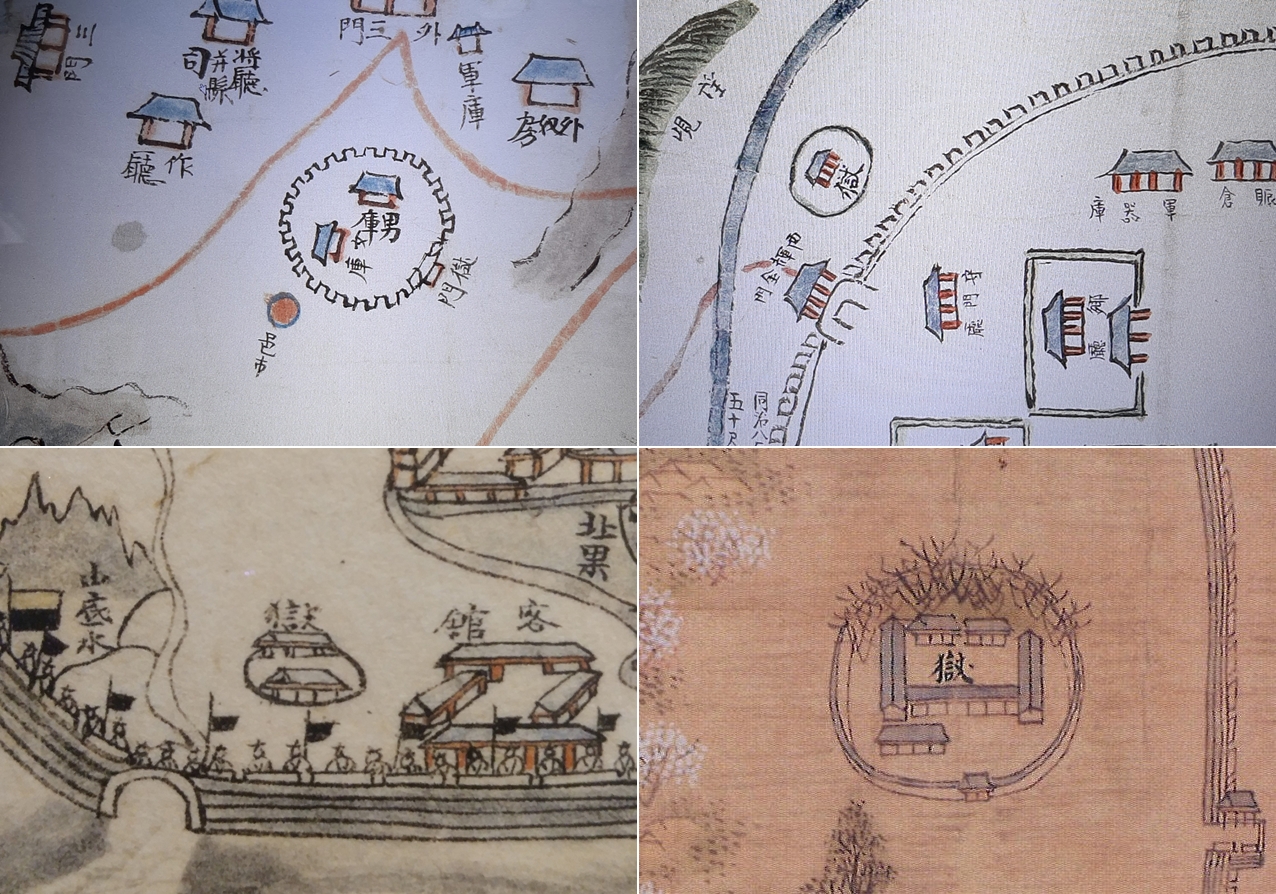
Prisons that appeared on the late Joseon Dynasty-era maps. Prisons in Eunjin, Chungju, Jeju Island, and Jeonju from the top left to the clockwise direction
'역사문화 이모저모' 카테고리의 다른 글
| 삼재三災와 삼재막이 (2004) (0) | 2022.01.16 |
|---|---|
| 저주받은 광화문 (0) | 2022.01.01 |
| 족강族降과 출궁出宮, 결혼과 더불어 공주에서 퇴출된 일본 천황가 공주의 경우 (0) | 2021.11.19 |
| 천년전 한반도를 몰아넣은 지진 공포 (0) | 2021.11.16 |
| 日本國皇室典範 일본국 황실전범 (0) | 2021.11.15 |




댓글